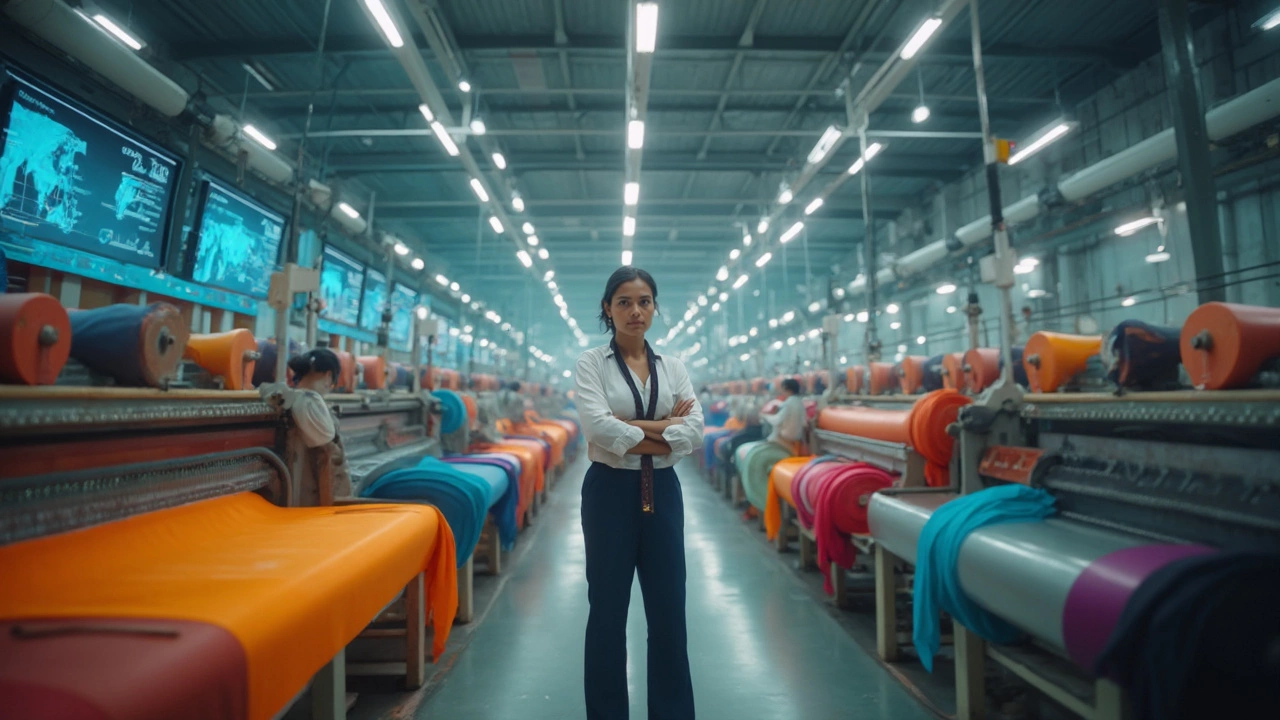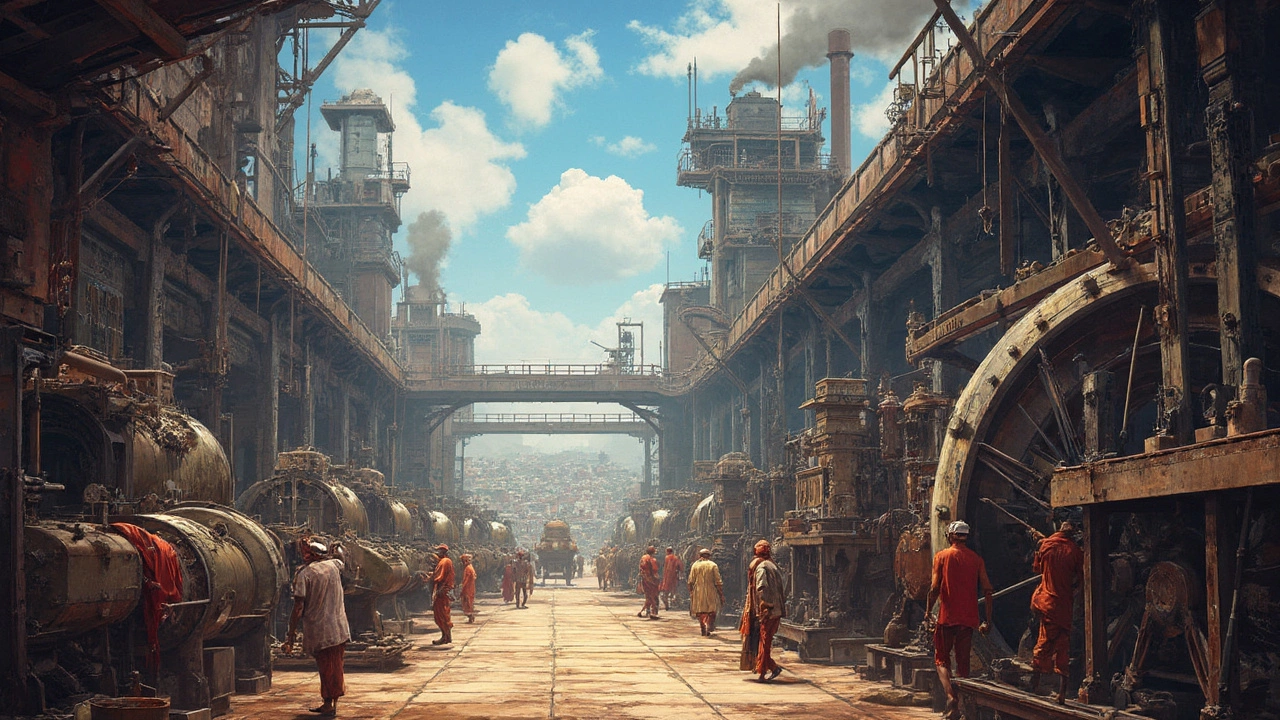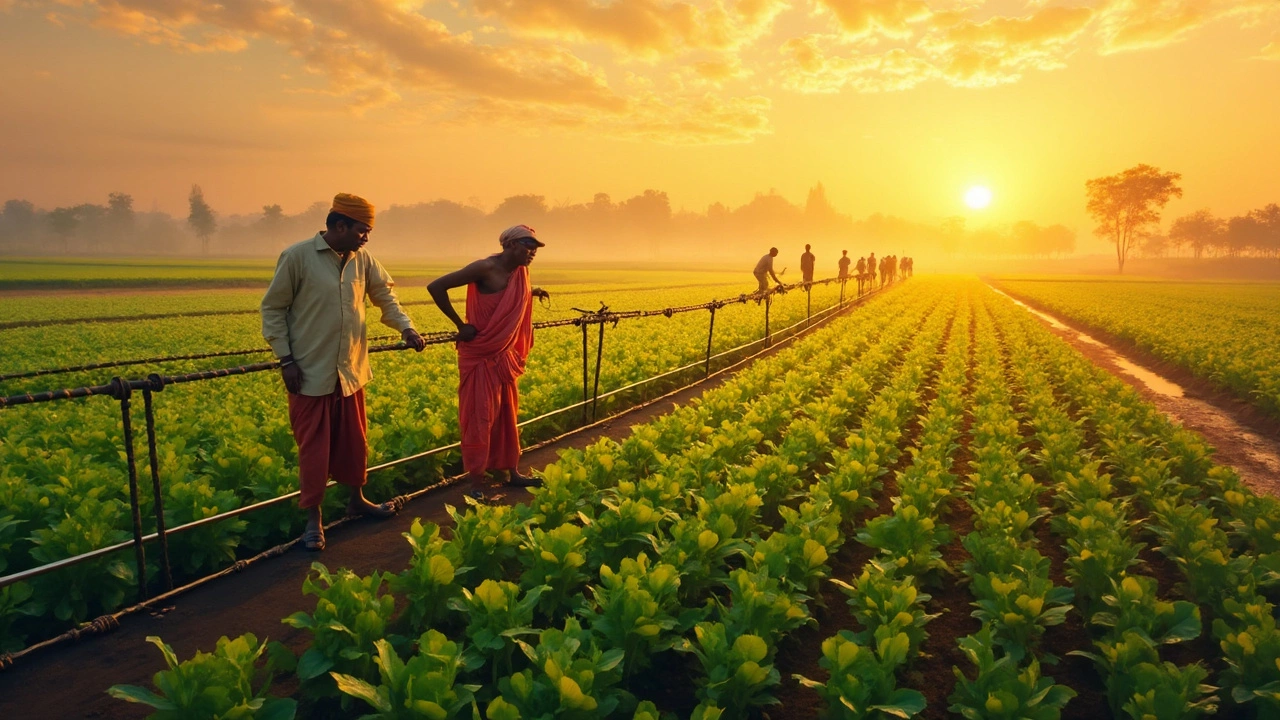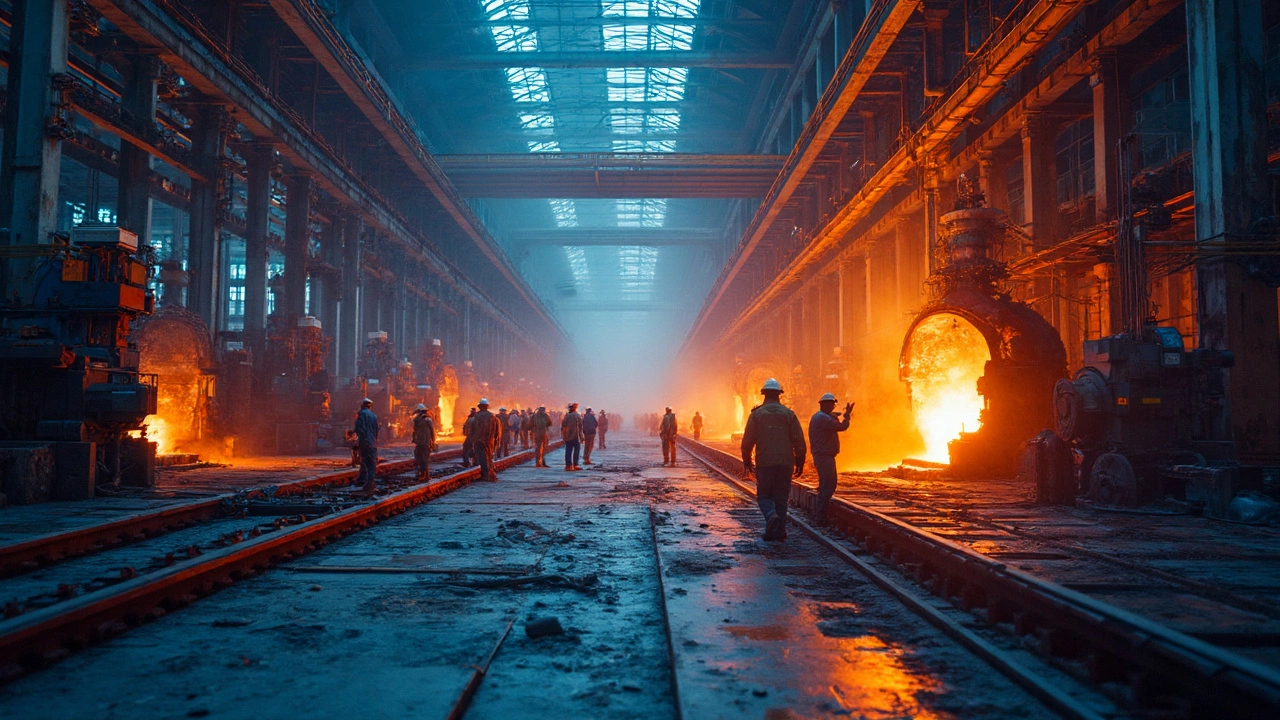Textile Manufacturers India: A Practical Overview
When working with textile manufacturers India, companies that spin, weave, dye and finish fabrics across the subcontinent. Also known as Indian textile makers, they form the backbone of the Indian fabric industry, a dense network of mills, artisan clusters and export hubs that turn raw fibers into everyday garments. A key sub‑entity here is cotton textiles, the most widely produced fiber in India, feeding both traditional handloom and high‑speed mill processes. Another related concept is the textile heritage India, centuries‑old weaving techniques from states like Gujarat, Tamil Nadu and West Bengal that still influence modern design. Together, these elements shape how India supplies clothing, home textiles and industrial fabrics domestically and abroad.
How These Pieces Fit Together
Understanding textile manufacturers India means seeing three clear connections. First, the sector encompasses cotton processing, which supplies over 80% of the country’s yarn output – a fact that drives everything from village handlooms to megafactories. Second, sustainable textile manufacturing requires eco‑friendly dyes, water recycling and energy‑efficient looms; without these tools, the industry struggles with water scarcity and pollution. Third, the rich textile heritage influences modern product design, because designers often borrow motifs from traditional block prints to create market‑ready collections. These semantic triples—"textile manufacturers in India encompass cotton processing", "sustainable textile manufacturing requires eco‑friendly dyes", and "textile heritage influences modern design"—show how production, environment and culture are tightly linked.
Now that you know the key players, you’ll see why recent posts cover everything from state‑wise fabric specialties to the impact of plastic‑based dyes and the shift toward renewable energy in mills. Whether you’re a budding entrepreneur, a supply‑chain analyst, or just curious about why a sari from Varanasi feels different from a blouse made in a Delhi factory, the articles below will give you data, case studies and practical tips to navigate India’s vibrant textile landscape.
Richest Textile Company in the World: Who Tops the List?
This article uncovers which textile company holds the crown as the richest in the world, focusing on their scale, influence, and how they stack up against major players in India. You'll find clear info about their revenue, business strategies, and impact on the global market. Expect some surprising facts about what really drives these textile giants. If you want tips on how Indian companies are catching up, this article has got you covered. Everything is broken down so it's easy and practical to follow.
- manufacturing
- India
- food processing
- garden tips
- rice cultivation
- government schemes
- balcony garden
- urban gardening
- balcony gardening
- profitable business
- business ideas
- plastic manufacturing
- drip irrigation
- plant care
- steel manufacturing
- sustainable gardening
- startup ideas
- steel industry
- flower gardening
- textile manufacturers






